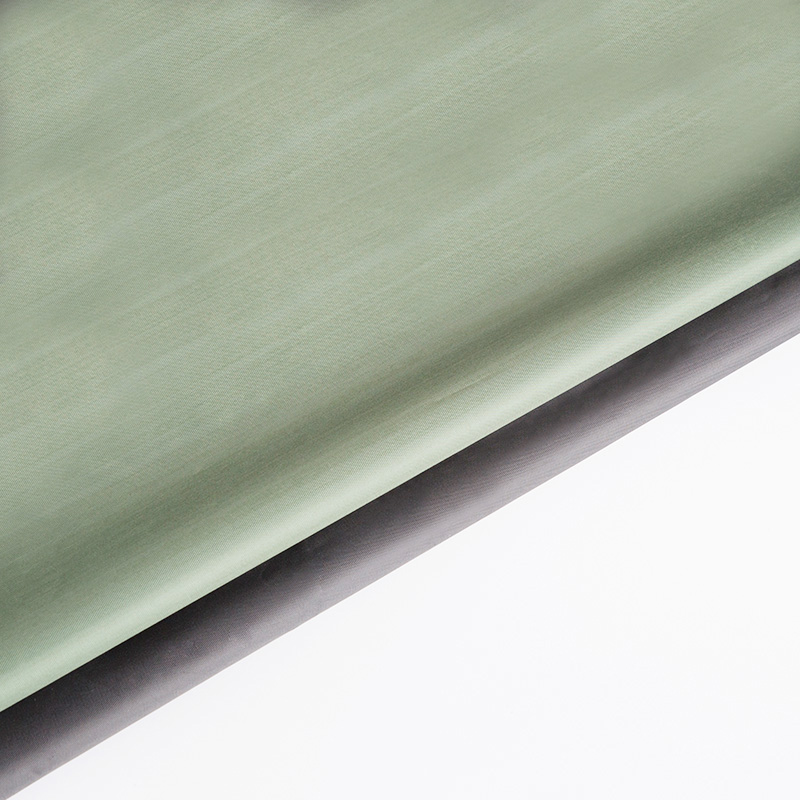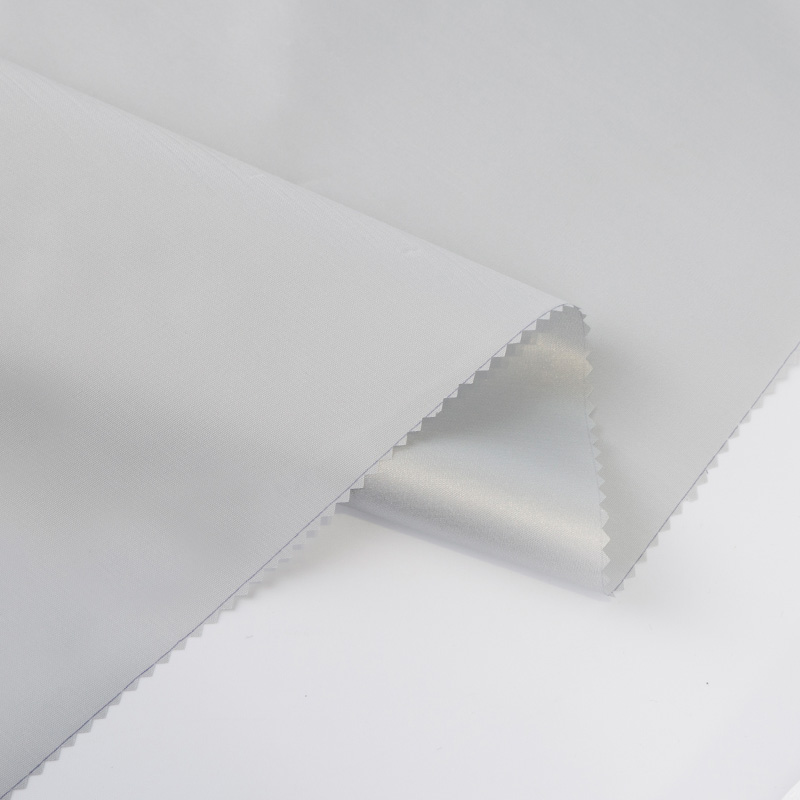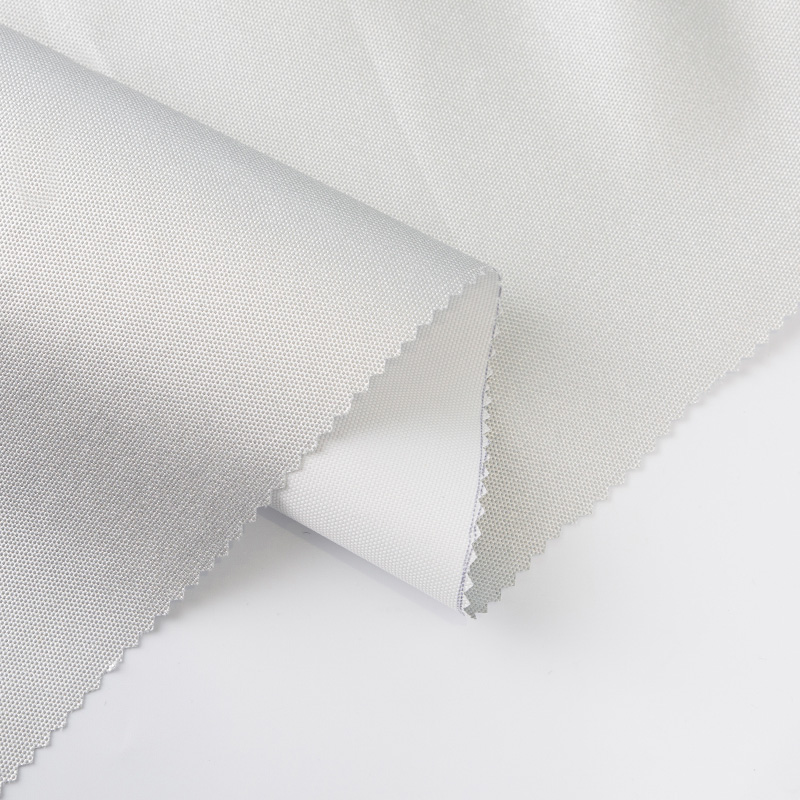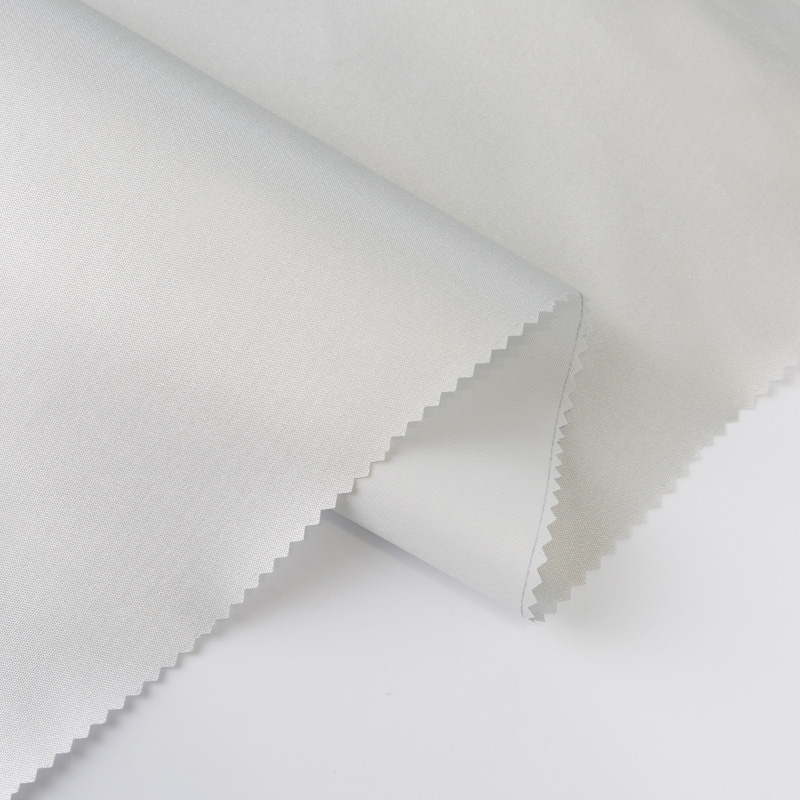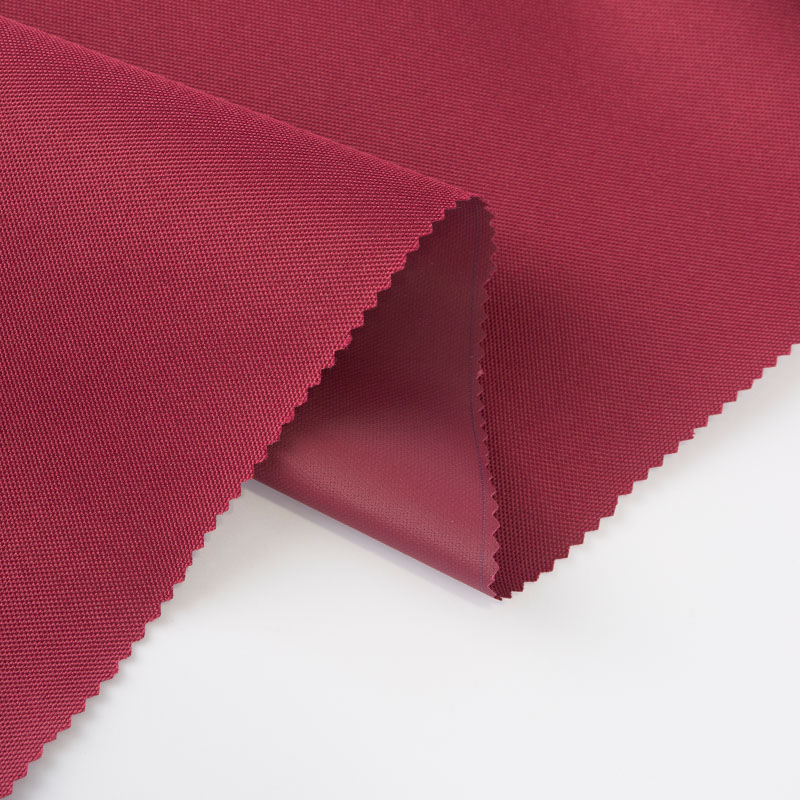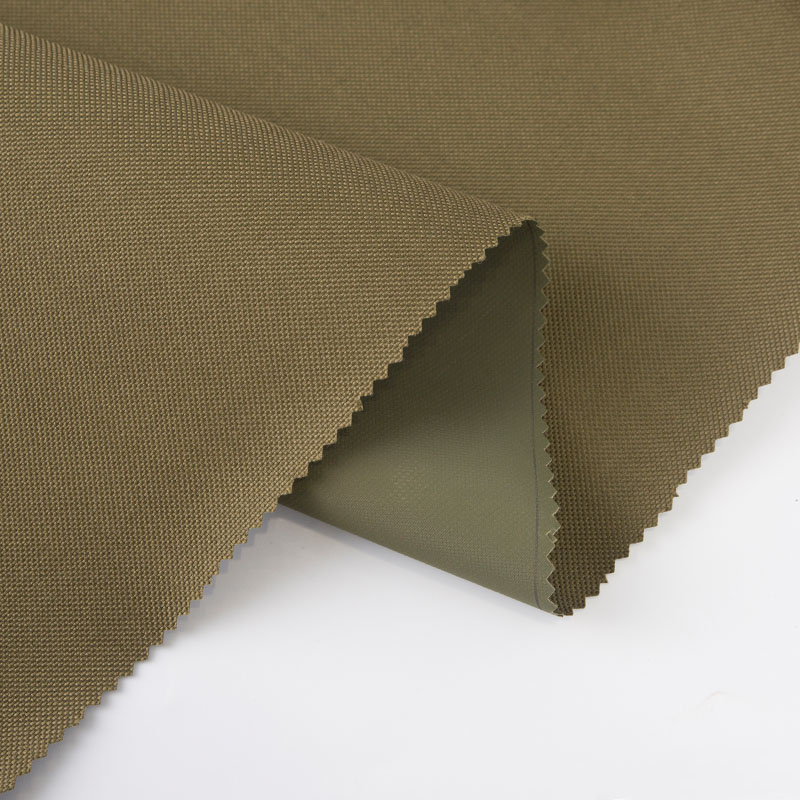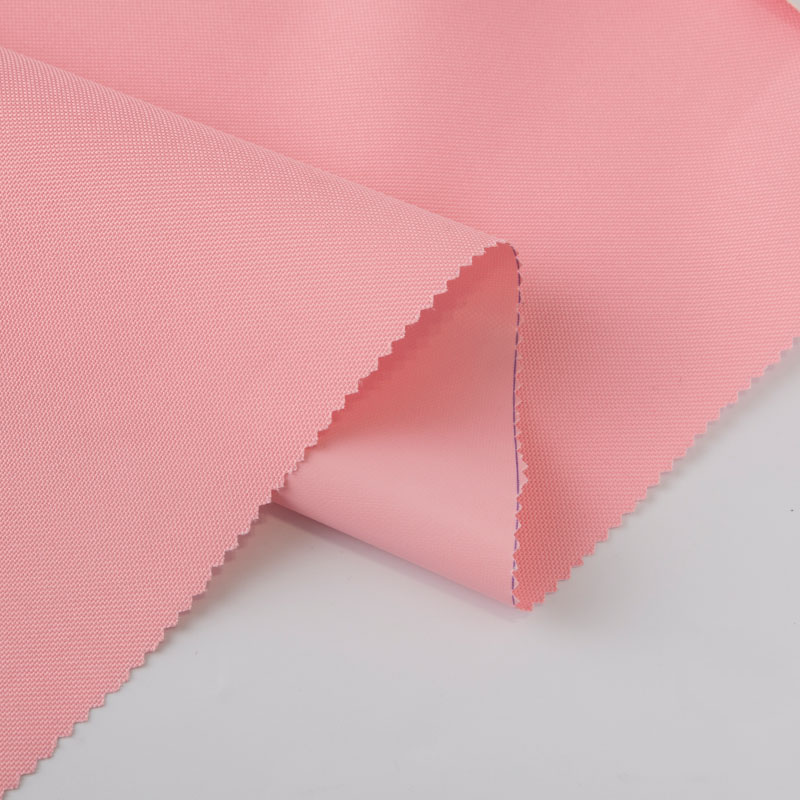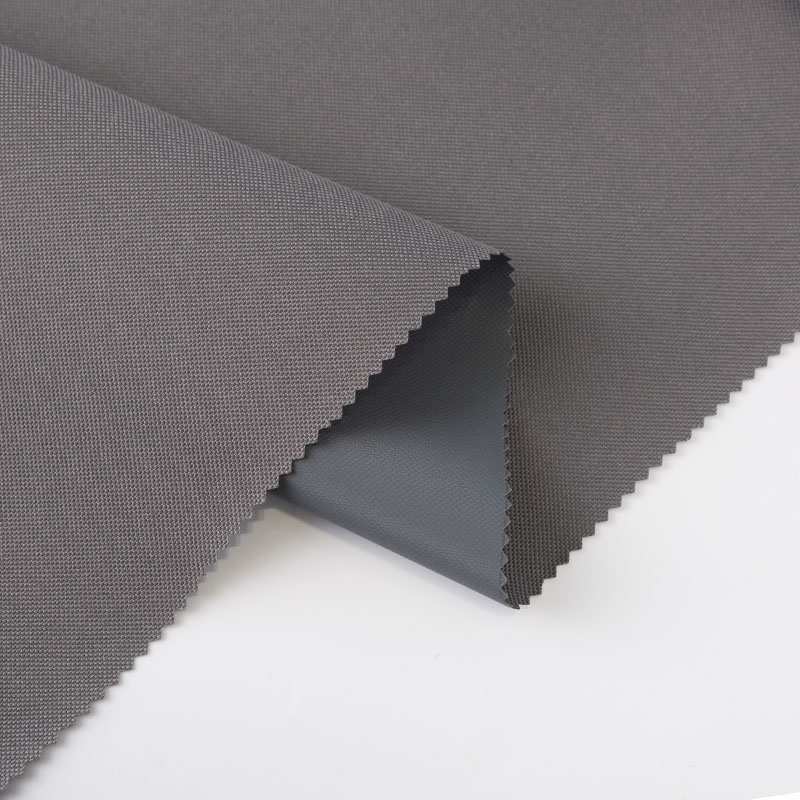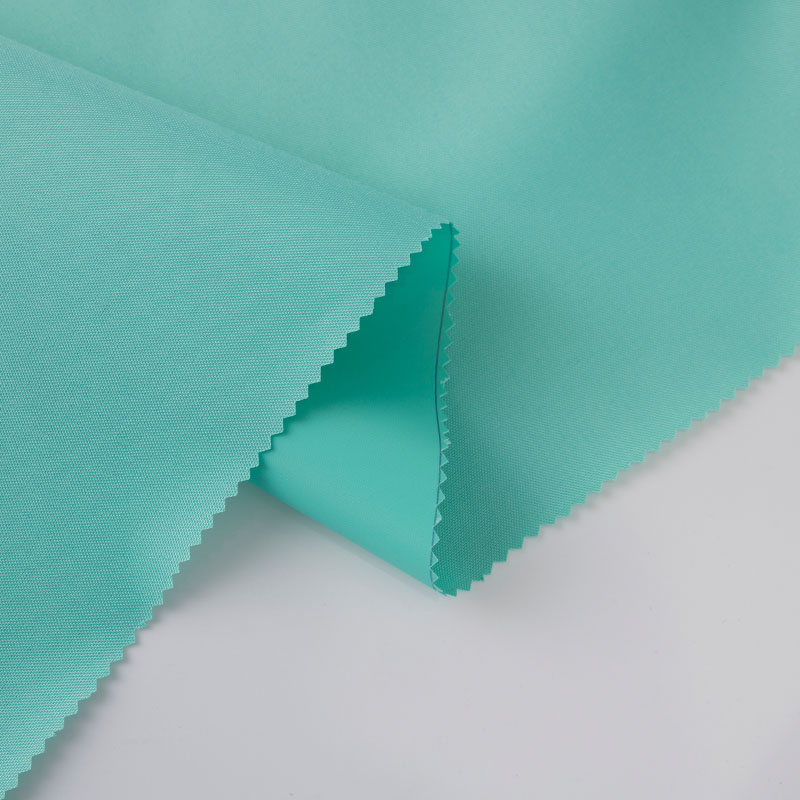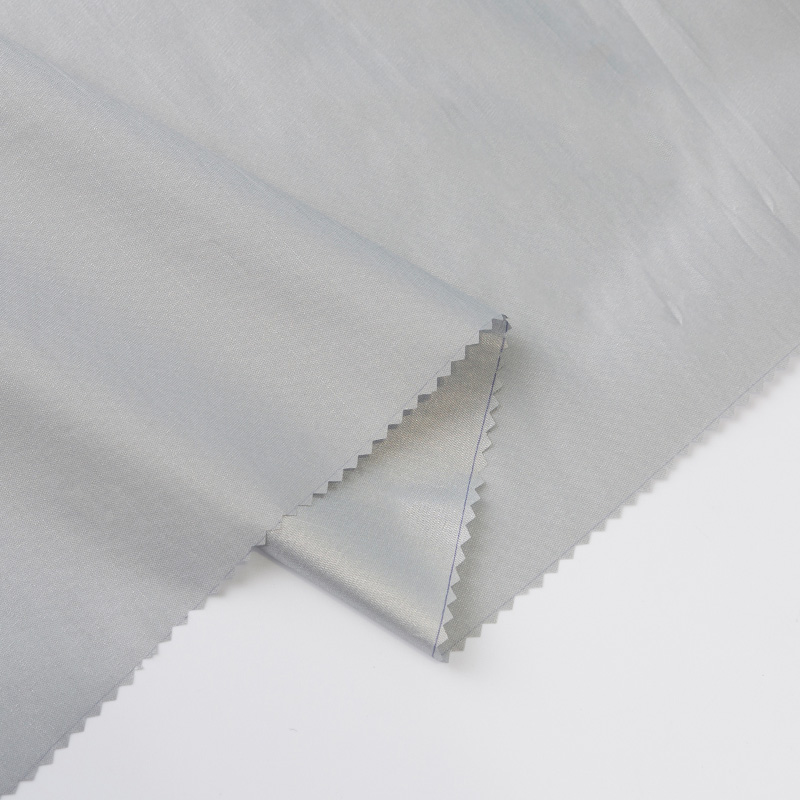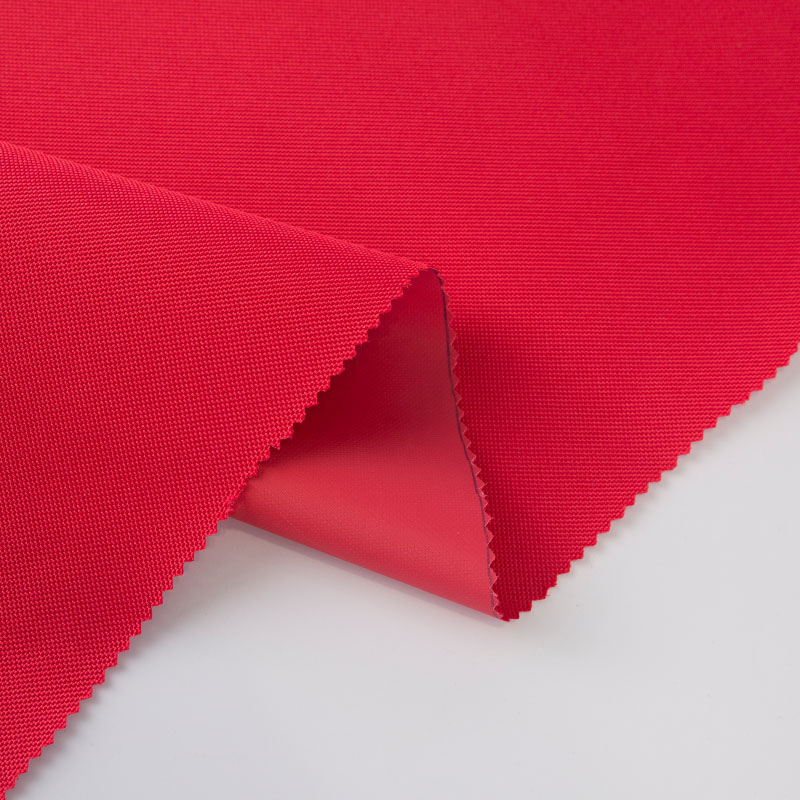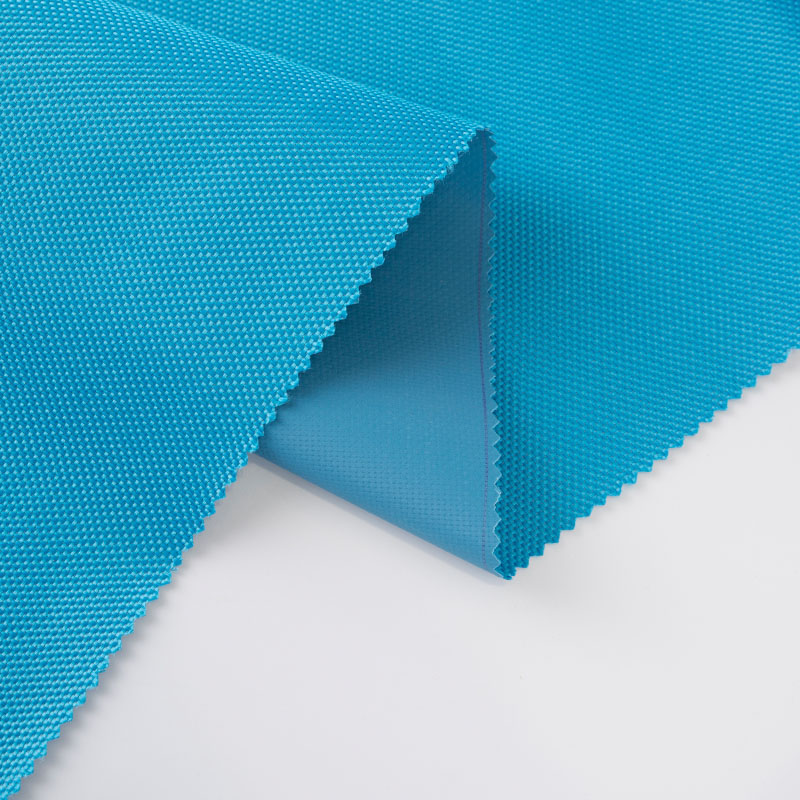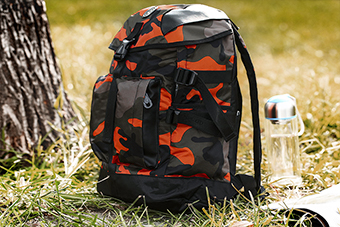We are a national high-tech enterprise. At present, there are many kinds of self-woven and cooperatively processed fabrics, including microfiber warp-knitted towel cloth, weft-knitted towel cloth, coral fleece, etc.
This type of Polyester Taffeta Fabric is made using a number of different techniques, depending on the type of material used in its production. For example, silk production involves the cultivation and harvesting of cocoons. This process is highly environmentally sustainable but kills the silkworms.
Once the cocoons are boiled, they are unraveled, or "coiled," and the resulting threads are soaked in a mild, non-toxic solution. Finally, this thread is spun into yarn, at which point it is ready to be dyed. However, certain types of taffeta fabrics are dyed after a loom has been woven.
While some taffeta fabrics are made from semi-synthetic substances like cupro rayon, this type of product is more commonly made from polyester. Since polyester is a fully synthetic textile fiber, its production process is quite different from that used to make silk.
Polyester is derived from a compound called ethylene, which is a building block of petroleum. This ethylene reacts with dimethyl terephthalate at high temperatures to form monomeric alcohols. This monomer is then combined with terephthalic acid to produce a polymer called polyester.
This molten mass is then extruded through the slit and cooled into long strands. These ribbons are then chopped up and melted down again. Next, this molten polyester is extruded through a spinneret, allowing the resulting bundle of textile fibers to cool before being stretched in a process called "drawing." Finally, the stretched polyester fiber is dyed or treated with flame retardant and antistatic treatment.
Once the raw textile fibers are obtained, taffeta fabrics can be formed by hand weaving or industrial looms. A special twisting procedure is used to give this fabric its crisp and lightweight qualities. Depending on the type of taffeta fabric produced, it can be dyed before or after weaving.

 English
English 中文简体
中文简体